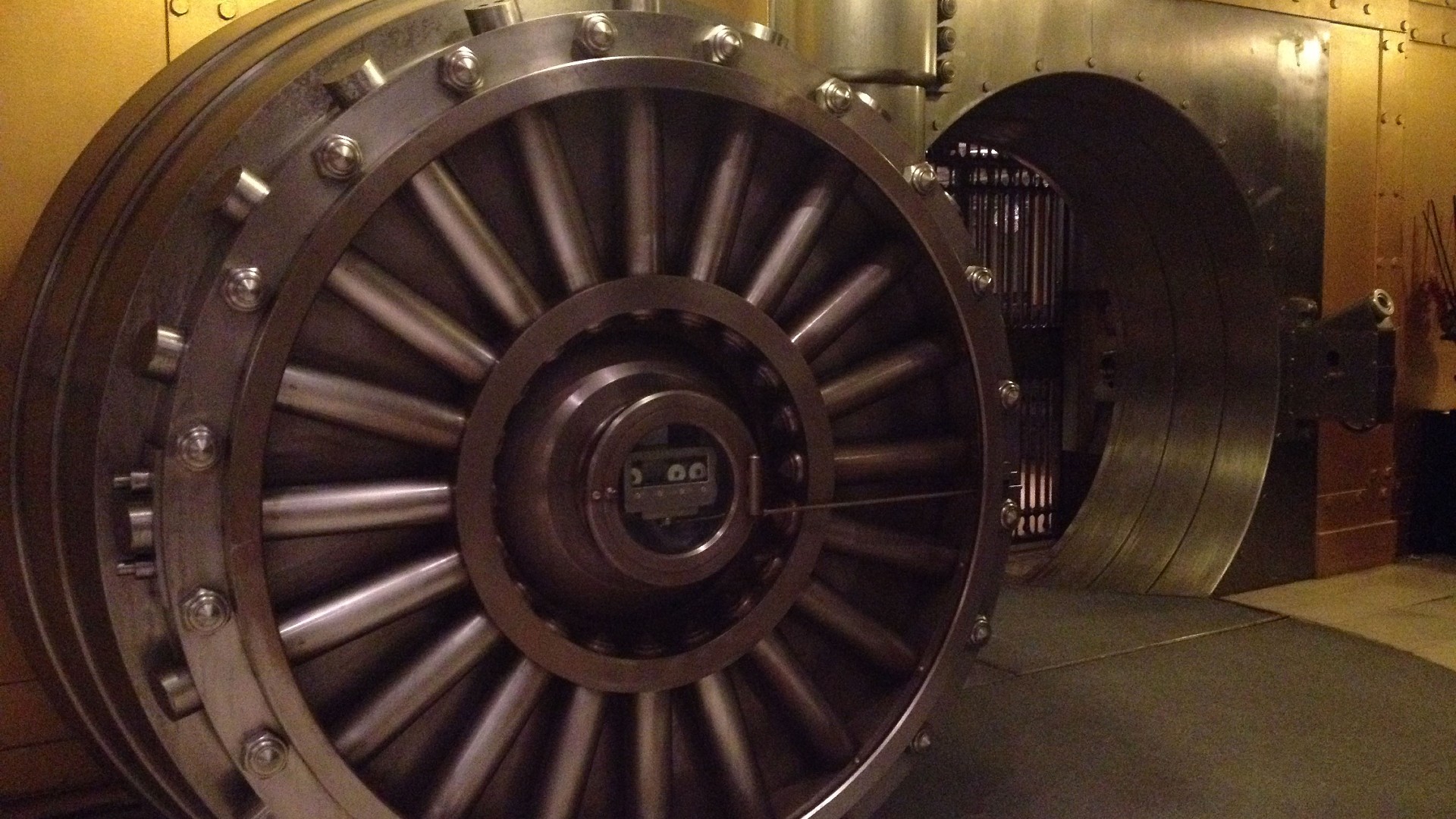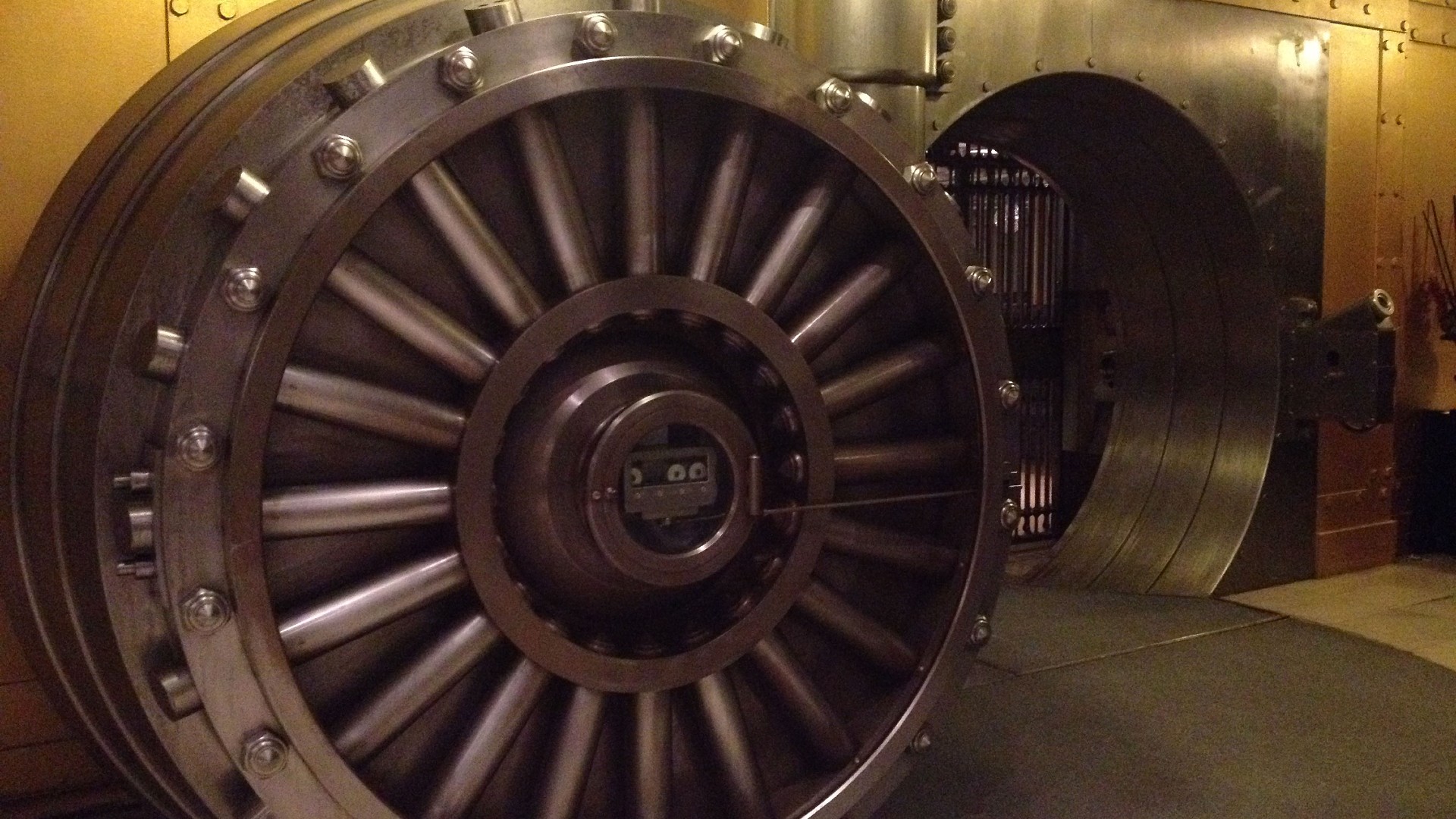The Road to Cryptocurrency, Instalment # 2
Published 28 May 2021
By Dr Peter J Phillips, Associate Professor (Finance & Banking) University of Southern Queensland


"I happen to have $50 in my wallet which, by the way, has been there since before the Covid-19 pandemic began. It turns out that it was printed in 2007."
When people pay for something (or accept payment for something), the traditional means of payment has been cash (notes and coins). According to the most recent data, about one-third of in-person payments in Australia are still made with cash (about 20 percent of the total value of all transactions). This has fallen steadily over time and it is likely that the Covid-19 pandemic initiated a sharp decline as people became worried about the virus transmitting on surfaces, especially early in the pandemic.
If you have some cash, look at one of the notes. If you look closely you will see that each note has a serial number. This is a unique number that identifies when the note was printed. You can look this up on the Reserve Bank of Australia (RBA) website and find out when your note was printed. I happen to have $50 in my wallet which, by the way, has been there since before the Covid-19 pandemic began. It turns out that it was printed in 2007.
What is the nature of this $50 note? It obviously came from the RBA because it’s got its serial number on it and so forth. But who decided to print it and, more to the point, how did they decide how many $50 notes (and other denominations) to print?
This gets us into a little bit of monetary history. The banks that we have now, generally speaking, all began some time in the past when someone applied for and received a banking license (or charter). What made a good bank was its soundness, of course. But this not only meant the quality and security of its vaults. Early banks issued their own bank notes and the soundness of a bank depended on whether people would accept a bank note as payment for goods and services and whether the noteholder could always count on being able to exchange the note for some amount of gold or silver.
As we transitioned to central banking, organisations such as the Bank of England, the Federal Reserve and the Reserve Bank of Australia became monopoly printers (and minters) of notes and coins declared to be legal tender by a government within a particular jurisdiction. For many years, these notes and coins were effectively convertible into a fixed amount of gold. However, countries gradually began to drop the gold standard during the first part of the 20th century.
"The reason why my $50 means anything is because a government has declared it legal tender and people will accept it."
The US dollar remained backed by gold until 1971. After World War II, one ounce of gold could be exchanged for 35 US dollars. In theory, there was enough gold held by the US Federal Reserve to guarantee this convertibility. If another country pegged its currency to the US dollar then there was a sort of second-hand convertibility. This system was abandoned in the early 1970s and all that was left was pure fiat money unbacked by gold. The reason why my $50 means anything is because a government has declared it legal tender and people will accept it. Of course, people could decide not to accept it, or they might want a lot more of it in return for their goods and services. There is nothing intrinsic about fiat money that renders it valuable or renders that value stable over time.
The gold standard added a certain degree of discipline to the actions of central banks because the more money they printed the more gold needed to be held. It also acted as a significant constraint because central banks were unable to use monetary expansion to stimulate the economy. Certain schools of thought in economics, especially the Austrian School, argue that central banks’ efforts to stimulate the economy by increasing money supply and holding interest rates to lower levels than the market would have determined, builds up inflationary pressure in the economic system and creates distortions that, if the inflationary boom has been big enough for long enough, must result in financial crises. This is their explanation for the GFC.
Some crypto-enthusiasts hold the similar belief that printing fiat currency will reduce its value, perhaps to very low levels. Because of limits imposed on the amount of Bitcoin that can be ‘mined’, for example, they argue that Bitcoin is insulated from temptations to print fiat currency. We shall come back to this in a future instalment.
The RBA decided to print the $50 note that I have in my wallet. That’s one question answered. The other question we want to answer is how they decide how much money to print and how they get the extra money supply into the system. It is obvious, once one thinks about it, that ‘printing’ must be a catchall for a process that does not rely solely on manufacturing polymer (or paper) notes and dropping them into the economy. Rather, much of the ‘printing’ must be electronic additions to the accounts that banks hold with the central bank. In Australia, banks hold exchange settlement accounts (ESA) with the RBA. The interest rate on these accounts is low and banks will generally seek to lend out any excess funds they hold in their ESA to earn a higher return.
Long story short, the RBA ‘prints’ as much money as it needs to keep the overnight interest rate (the only one it can really control) at the level it is targeting. If the interest rate is interpreted as the ‘price of money’, and if the RBA wants the price to go down, then the law of supply and demand requires an increase in supply relative to demand. And vice versa if the RBA wants the price to go up. This money is put into the economy through the ESAs. Usually, the way this is accomplished is by buying bonds that the banks hold. The banks buy the bonds from the government knowing that the RBA will buy the bonds from them.
"The temptation to keep printing is what the crypto-enthusiasts are worried about. And they’re not the only ones."
Printing, therefore, is mostly of an electronic kind by the RBA (or another central bank) through the mechanism of buying bonds which were issued by the government and purchased by the banks knowing that they would be able to sell them to the RBA. In Australia, during 2020, more than $100 billion was ‘printed’ in this way. The temptation to keep printing is what the crypto-enthusiasts are worried about. And they’re not the only ones. Economists generally worry about the possibility of inflation (a decrease in the value of money). The reason why this is problematic is that it creates distortions that may end up causing a crisis. At the very least, inflation is like an unevenly applied tax. Some things go up in price more than others, affecting some people more than others. Keep your eyes open at the supermarket and you might be able to see it happening.
In the next instalment, we take a look at the first innovations in the payment system and work our way towards an explanation of how cryptocurrency works and the other reasons, in addition to worries about money printing, that its advocates so strongly support the concept.
Discussion Question
How is money supply measured and by how much is it growing in Australia? [hint: the RBA website provides the data].
Read other posts
Simple Maths, Long Term Damage
Are Share Prices Too Volatile?
If My Super Fund Performed Poorly, I’d Change… But I Don’t Remember It Performing Poorly
My Portfolio Might Be Up 10%, But that's A Loss!
Free Cash Flow: The Driver of Shareholder Value
Australia’s New Tech Index: A Local Version of the NASDAQ?
The Behavioural Economics of ‘Going on Tilt’
A Cup of Coffee and an Option Pricing Model
Yes Virginia, there is a Mortgage Tipping Point
How Universities Shape the Real World: The Case of Corporate Finance
Disinformation: Can is Sweep Investors off their Feet?
Hedge Funds, Satellites and Empty Carparks
The Battle for FinTech Supremacy: The Tech Titans Vs the Masters of the Universe
Algorithms in Finance? That's Nothing New
The Algorithm that finds the ‘Best’ Portfolio
Why you should study Finance and Economics in the 21st Century
From Chicago to New York: Futures Trading and Microwave Popcorn
Basketball, Fund Managers, and the Hot Hand
The French Connection in Finance Theory
The Road to Cryptocurrency, Instalment # 1
